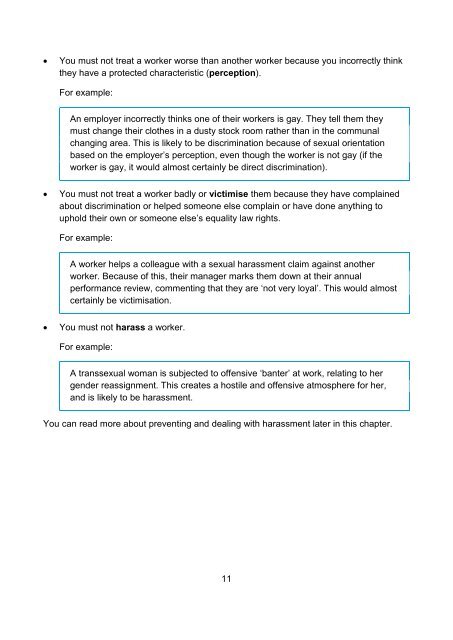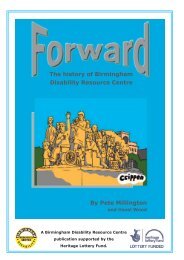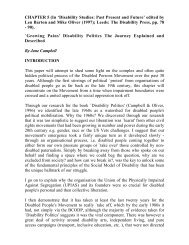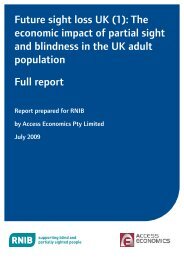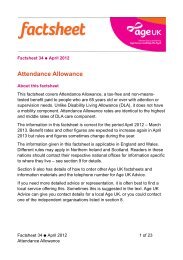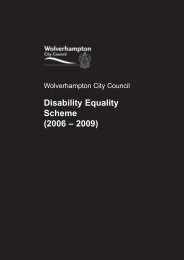What equality law means - Birmingham Disability Resource Centre
What equality law means - Birmingham Disability Resource Centre
What equality law means - Birmingham Disability Resource Centre
Create successful ePaper yourself
Turn your PDF publications into a flip-book with our unique Google optimized e-Paper software.
• You must not treat a worker worse than another worker because you incorrectly think<br />
they have a protected characteristic (perception).<br />
For example:<br />
An employer incorrectly thinks one of their workers is gay. They tell them they<br />
must change their clothes in a dusty stock room rather than in the communal<br />
changing area. This is likely to be discrimination because of sexual orientation<br />
based on the employer’s perception, even though the worker is not gay (if the<br />
worker is gay, it would almost certainly be direct discrimination).<br />
• You must not treat a worker badly or victimise them because they have complained<br />
about discrimination or helped someone else complain or have done anything to<br />
uphold their own or someone else’s <strong>equality</strong> <strong>law</strong> rights.<br />
For example:<br />
A worker helps a colleague with a sexual harassment claim against another<br />
worker. Because of this, their manager marks them down at their annual<br />
performance review, commenting that they are ‘not very loyal’. This would almost<br />
certainly be victimisation.<br />
• You must not harass a worker.<br />
For example:<br />
A transsexual woman is subjected to offensive ‘banter’ at work, relating to her<br />
gender reassignment. This creates a hostile and offensive atmosphere for her,<br />
and is likely to be harassment.<br />
You can read more about preventing and dealing with harassment later in this chapter.<br />
11


